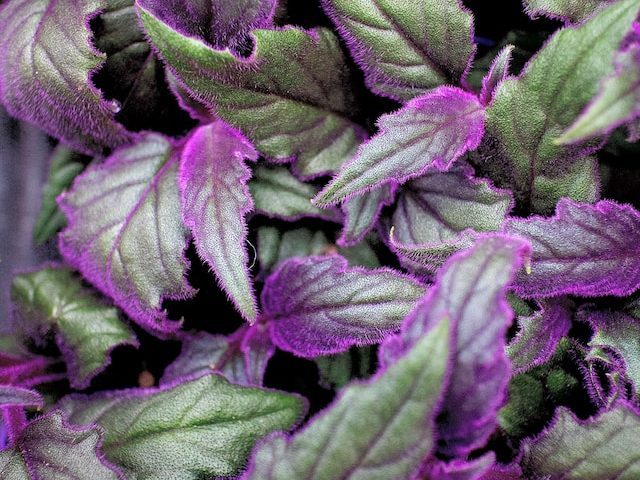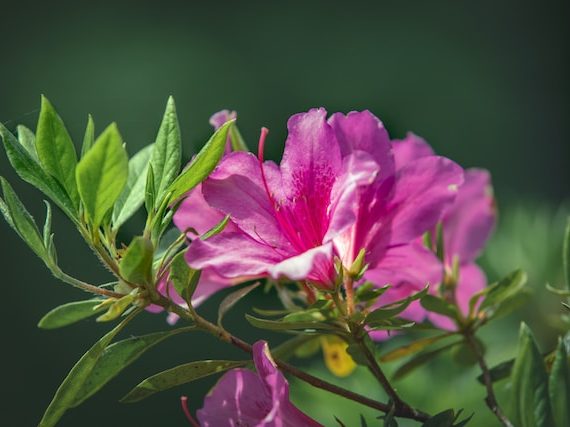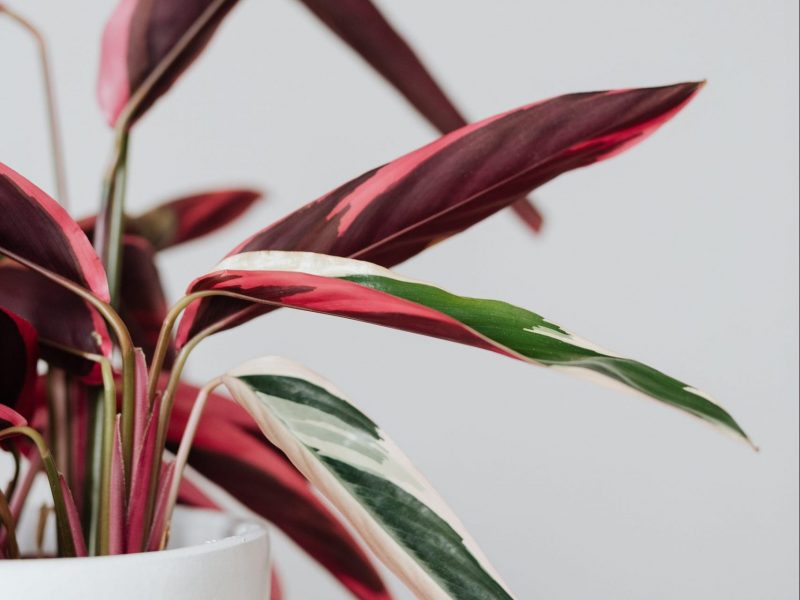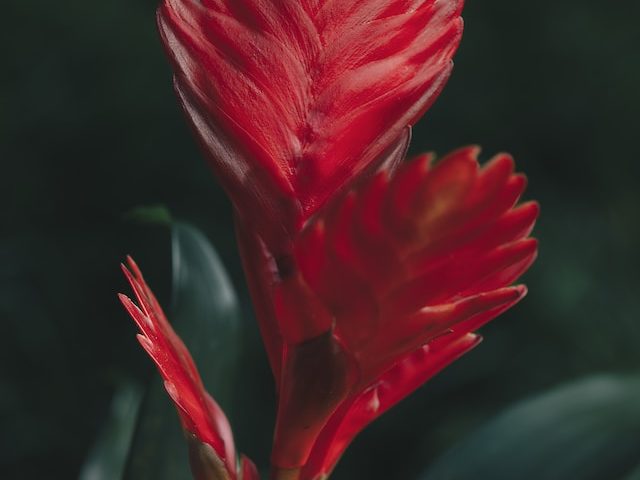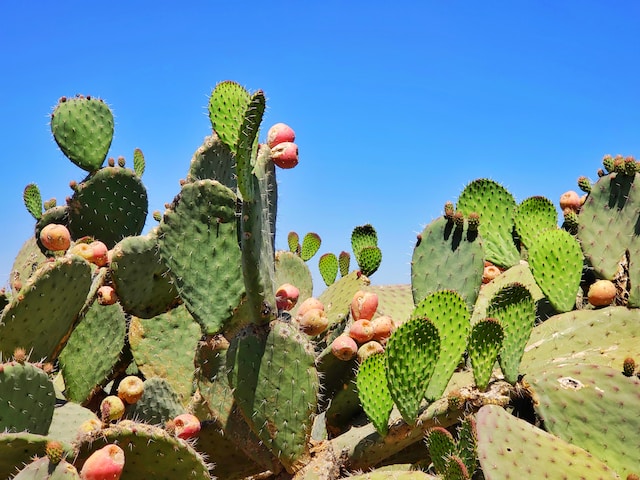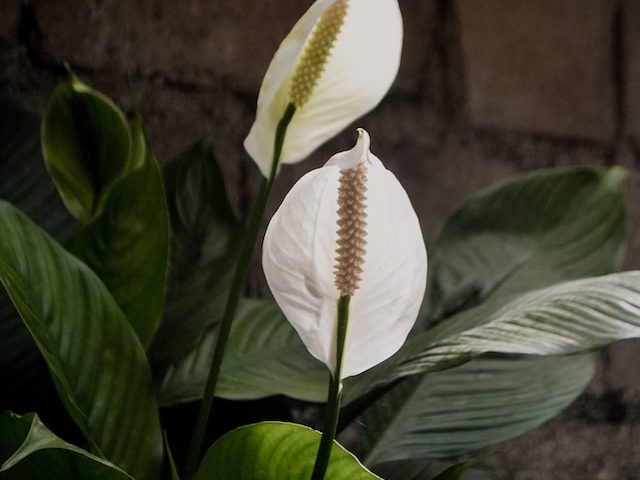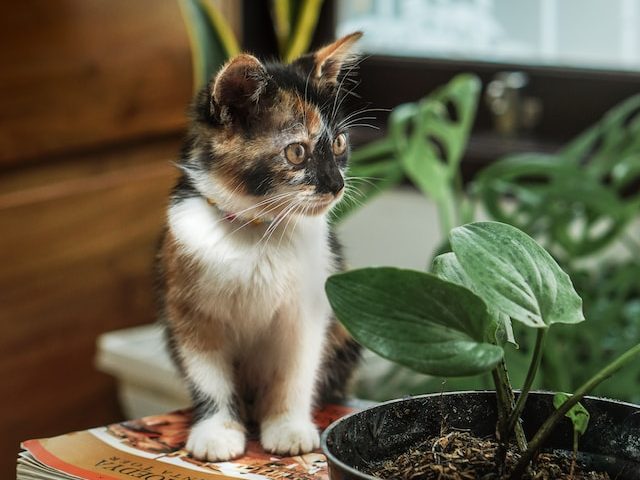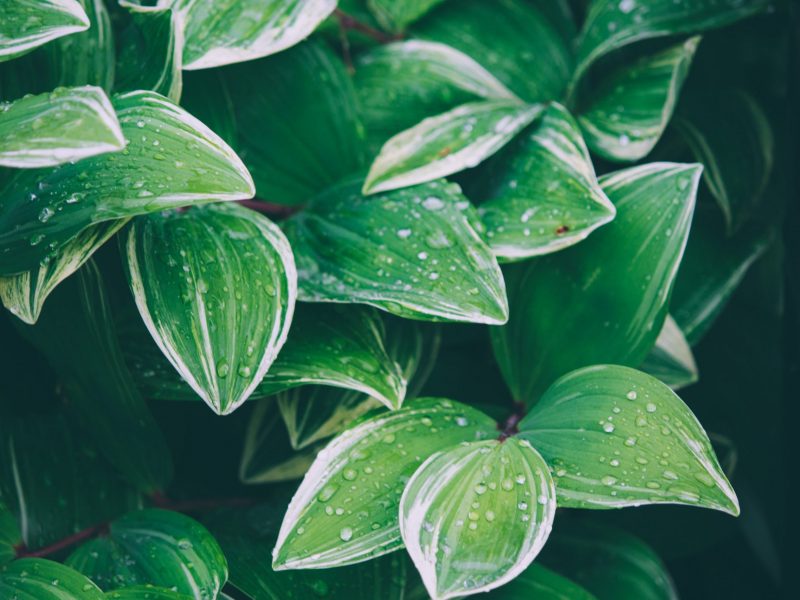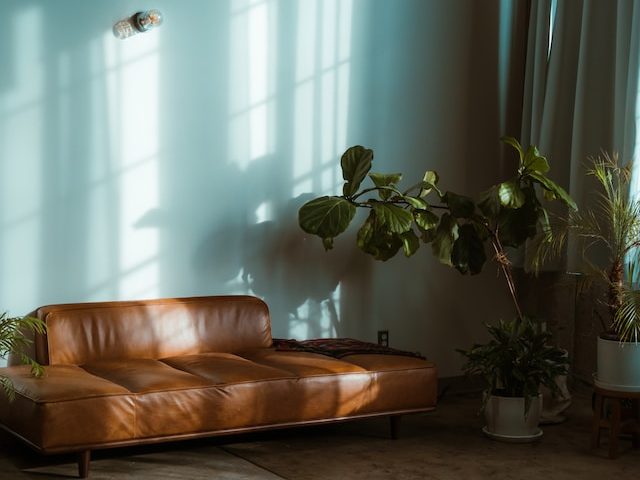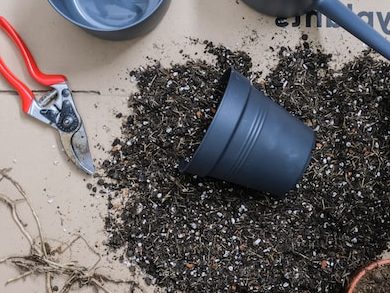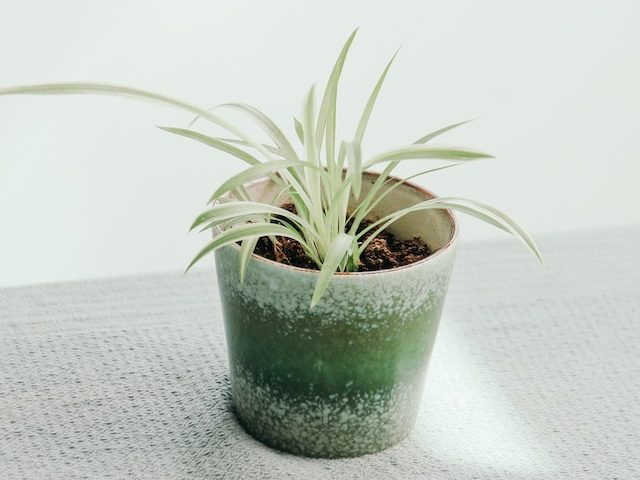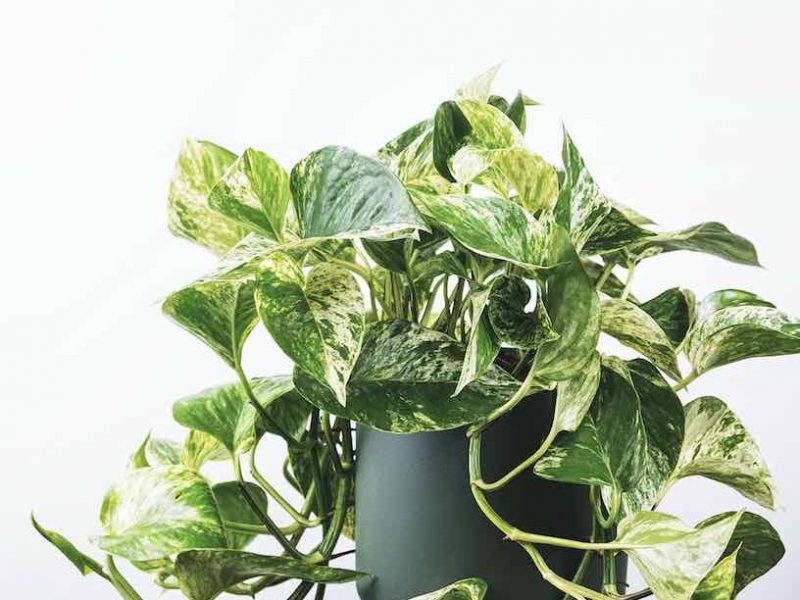
Introduction
Unlike its all-green siblings, the Marble Queen Pothos boasts a rich, variegated mix of green and white on its lush, heart-shaped leaves, giving it a marble-like appearance (hence the name). This characteristic is not just an aesthetic bonus but also a sign of its health and vitality.
Key Features of the Marble Queen Pothos
- Scientific name: Epipremnum aureum ‘Marble Queen’
- Common names: Marble Queen Pothos, Marble Pothos, Variegated Pothos
- Native to: French Polynesia
- Plant type: Vine or trailing plant, great for hanging baskets or climbing poles
- Light requirement: Low to medium, indirect light
- Growth rate: Fast
- Mature size: Up to 3 meters
Characteristics of the Marble Queen Pothos
- Variegated Leaves: Perhaps the most defining characteristic of the Marble Queen Pothos is its variegated leaves. Each leaf is unique, featuring a mix of white and green colors. The leaf color can range from a subtle cream to a striking white, depending on the amount of light the plant receives.
- Trailing Vines: Like other members of the Pothos family, the Marble Queen Pothos has trailing vines that can grow up to 10 feet indoors. This makes it an excellent choice for hanging baskets or areas where it can freely cascade.
- Tolerance to Various Light Conditions: The Marble Queen Pothos is a versatile plant that can thrive in a wide range of light conditions (one of the many reasons we love it so much!). Although they prefer bright indirect light it can also tolerate lower light levels if needed.
- Air-Purifying Properties: In addition to its aesthetic appeal, the Marble Queen Pothos is also known for its air-purifying capabilities. It can help to filter and clean indoor air, enhancing the overall quality of your living environment.
- Easy Maintenance: On top of all the other benefits, it’s also incredibly easy to keep happy and healthy. Its resilience and low-maintenance needs make it a favorite among both beginner and experienced plant owners.
Marble Queen Pothos Leaves
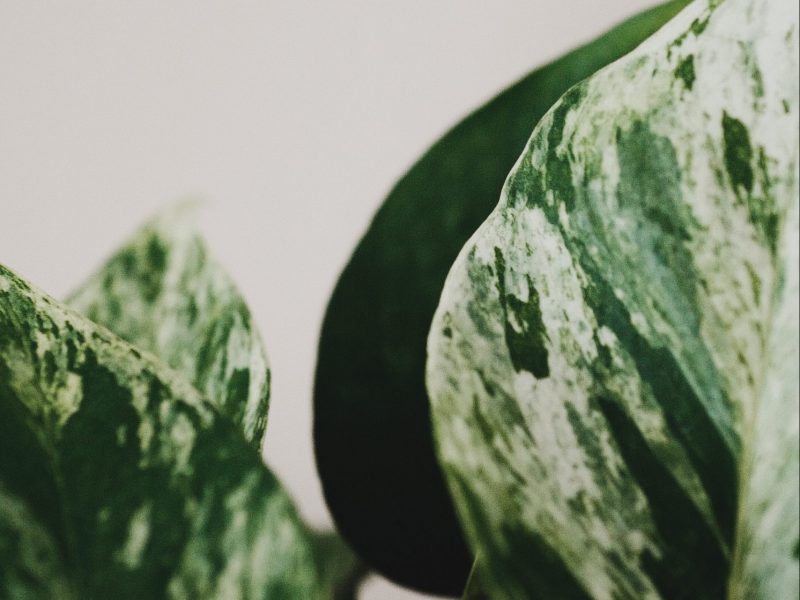
Lighting Requirements of the Marble Queen Pothos
Like any other plant, the Marble Queen Pothos needs light to photosynthesize and grow, but it also has its unique preferences and is fairly adaptable to a range of conditions.
Indirect Light: As a general rule, the Marble Queen Pothos prefers indirect, bright light. Avoid direct sunlight as it can scorch the leaves and lead to leaf yellowing, so make sure your plant is not placed in direct rays during summer (in winter it’s ok as the sun isn’t as strong).
Low Light: Although the Marble Queen Pothos can survive in low light conditions, it’s not the ideal situation. Growth can become slow or even stagnant, and the beautiful white variegation of the Marble Queen can turn green due to a lack of light.
Artificial Light: Interestingly, they can also do well under fluorescent lighting. This can be particularly useful if you’re planning to grow your plant in a space with little to no natural light, like an office.
Watering your Marble Queen Pothos
These plants thrive best when they’re not overwatered as although they have large, sturdy root systems compared to most other houseplants, they are still susceptible to overwatering. This is why it’s important to let the soil dry out between waterings.
Unfortunately, there is no one-fits-all watering routine as there are so many factors that impact how fast the soil dries out. But here are some tips to help you water your Marble Queen Pothos effectively:
- Check the soil: Before watering, it’s crucial to check the soil moistuer. The top inch of the soil should be dry to the touch. If it’s still moist, hold off on watering for a few more days. Other methods include the lifting method or using a moisture meter.
- Use the right water: While tap water is generally fine, this plant will prefer filtered or distilled water if you live in a hard water area, as it is less likely to contain harsh chemicals that can harm the plant.
- Water thoroughly: When it’s time to water, do so thoroughly. This means watering until you see some water running out of the drainage holes at the bottom of the pot. This ensures that the water reaches the entire root system.
- Drain excess water: Never leave your plant sitting in water. Ensure any excess water is drained out to prevent root rot.
Humidity Requirements of Marble Queen Pothos
As a tropical plant, your Marble Queen Pothos adores humidity. They will thrive in a moist environment, which is why they are often found in places like bathrooms or kitchens where humidity tends to be higher. However, they are also quite adaptable and can tolerate less humid environments. On average you should aim for humidity to sit be between 50-65%.
Creating A Humid Environment
Here are some simple ways to increase humidity for your plant:
- Misting: Lightly mist the plant’s leaves with water, preferably in the morning, using a spray bottle. This mimics the moist air of the tropics and can improve the plant’s health. Be careful not to overspray as this can lead to leaf spot disease.
- Humidifier: A room humidifier can help maintain an ideal humidity level for your plant, particularly in dry indoor environments.
- Grouping: Position your Marble Queen Pothos near other plants. Plants naturally release moisture into the air, and grouping them together can increase the surrounding humidity.
- Water Tray: Place your plant pot on a tray filled with water and pebbles. The water evaporates and increases the humidity around the plant without waterlogging the roots, which can cause root rot.
Signs of Low Humidity
If your Marble Queen Pothos is not receiving enough humidity, it may show signs of distress. Watch out for these symptoms:
- Brown leaf tips or edges: This is often a sign of low humidity or underwatering.
- Wilting: The leaves of the plant may wilt or droop if the air is too dry.
The Ideal Temperature Range
Typically, the Marble Queen Pothos prefers temperatures that range from 60-85 degrees Fahrenheit (15-29 degrees Celsius). It’s important to note that this plant does not respond well to sudden changes in temperature, whether it’s a rapid increase or decrease. So be careful not to put your plant too close to heaters, heating vents, cookers, radiators, drafty windows and air conditioning units.
If you’re unsure about the temperature level in your home, consider investing in a thermometer. This tool can provide a more accurate reading, enabling you to adjust your home environment accordingly.
Fertilizing a Marble Queen Pothos
When to Fertilize
The best time to fertilize your Marble Queen Pothos is during the growing season—usually from spring through until early fall. In these months, the plant is in its active growth phase and can benefit from additional nutrients to support this process.
It’s worth noting here that fertilizer is optional and you can still see plenty of healthy growth without it.
Choosing the Right Fertilizer
Opt for a balanced, water-soluble houseplant fertilizer. Something along the lines of a 20-20-20 NPK fertilizer will work well for your Marble Queen Pothos. Just make sure to dilute the fertilizer to about half its recommended strength to avoid burning the plant’s roots.
How Often to Fertilize
Fertilize your Marble Queen Pothos once a month during the growing season and not at all during autumn and winter.
Signs of Over-fertilization
Overfertilization can show up as yellowing leaves, browning leaf tips, and slow growth. If you notice any of these signs, stop fertilizing and flush the soil with water to remove excess salt.
Hanging Marble Queen Pothos
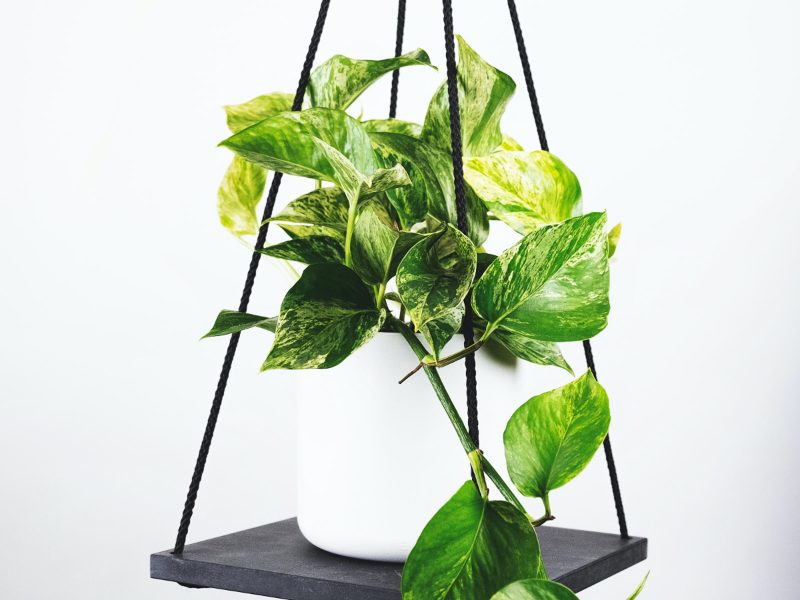
Choosing the right Soil and Pot for your Marble Queen Pothos
Soil
The Marble Queen Pothos thrives in well-draining, fertile soil. It’s not particularly fussy, but a few key elements can make a big difference.
- Well-draining soil: Overwatering is a common problem for many houseplants, and it can be especially harmful for a Marble Queen Pothos. To prevent this, use soil that drains well. Avoid soil that holds onto water for too long.
- Aerated soil: The roots of your Marble Queen Pothos need to breathe. So, opt for aerated soil that allows good airflow.
- Nutrient-rich soil: Though this plant is not a heavy feeder, a nutrient-rich soil can help it grow lush and vibrant. Consider adding organic matter or compost to enrich the soil.
Pot
Here are a few things to keep in mind when choosing the right pot:
- Drainage: Select a pot that has one or more holes at the bottom for excess water to drain out. This can prevent root rot and other water-related problems.
- Size: Marble Queen Pothos doesn’t like to feel cramped and they have larger root systems than you might think. Choose a pot based on the size of your plant, allowing room for growth. However, avoid pots that are too large, as they can hold too much water and cause stability problems.
- Material: The pot material can affect how quickly the soil dries out. Plastic pots retain moisture longer while terracotta pots dry out faster. Choose the material based on your watering habits and the moisture needs of the plant.
Repotting your Marble Queen Pothos
Repotting is an essential part of plant care that ensures your plant has enough room to grow, and as long as you know what to do, the process is super easy!
When to Repot
Typically, this plant should be repotted every 12-24 months, depending on its growth rate. Here are some signs that your plant might be ready for a new pot:
- The roots are visibly coming out of the drainage holes
- You notice a decrease in the plant’s growth rate during spring and summer
- The plant dries out quickly and needs water more frequently than before
Choosing the Right Pot
- Size: Select a pot that’s about 1-2 inches larger in diameter than the current pot.
- Material: Plastic or ceramic pots are both good choices as they retain moisture well.
- Drainage: Always choose a pot with good drainage holes to avoid water logging.
The Repotting Process
Now, let’s walk through the steps involved in repotting your Marble Queen Pothos:
- Prepare the new pot: Add some fresh potting mix to the new pot.
- Remove the plant: Carefully remove the plant from its current pot, making sure not to damage the roots.
- Place the plant: Position your plant in the new pot and gently add more potting mix, ensuring the roots are covered.
- Water thoroughly: Finally, water your plant thoroughly and place it in a suitable location.
Note: The best time to repot a Marble Queen Pothos is during the warm growing season (spring or summer). This allows the plant to recover faster from the shock of repotting.
Pruning your Marble Queen Pothos
Pruning your Marble Queen Pothos is not just about aesthetics; it also promotes stronger growth and prevents diseases.
When to Prune
Generally, pruning is best done in the growing season, typically spring and summer. However, if you notice any yellow or brown leaves, feel free to prune them off anytime, regardless of the season.
What You’ll Need
Before you begin, gather the following tools:
- A pair of sharp, clean pruning scissors or shears
- A clean cloth
- Rubbing alcohol
Steps for Pruning
Once you have your tools ready, follow these steps:
- Sanitize your tools: Use rubbing alcohol to clean your scissors or shears. This prevents the spread of diseases.
- Identify what to prune: Look for leaves that are yellow, brown, or wilted. Also, if the plant is becoming too long or leggy, identify the parts you’d like to trim back.
- Make your cut: Cut the unwanted parts at the point where they meet healthy stem tissue. Be sure to leave about a quarter inch of stem.
- Clean up: Dispose of the cuttings properly if unhealthy or propagate them if you are simply pruning to keep a certain shape and length.
Healthy Marble Queen Pothos Leaves

Marble Queen Pothos Toxicity
The Marble Queen Pothos is toxic to both humans and pets as it contains calcium oxalate crystals. When ingested, these crystals can cause a host of unpleasant symptoms. In humans, symptoms may include:
- Mouth and throat irritation
- Excessive drooling
- Difficulty swallowing
- Vomiting
- Nausea
The effects on pets, particularly cats and dogs, are similar. They may experience:
- Pawing at the mouth or face
- Vomiting
- Decreased appetite
- Difficulty swallowing
Symptoms can intensify depending on the amount of plant material consumed, so immediate medical or veterinary attention is recommended if your pet consumes any part of a Marble Queen Pothos.
Cleaning your Marble Queen Pothos
Cleaning the leaves is not only an aesthetic practice but also one that helps in warding off pests and diseases. Here are some steps to follow:
- Inspect your plant: Before you begin the cleaning process, it’s always a good idea to inspect the plant. Look for signs of pests or disease, such as discolored or spotted leaves.
- Dust off the leaves: Use a soft, damp cloth to gently wipe each leaf. This removes dust and helps the plant breathe better and absorb more light.
- Prune any dead or dying leaves: Use a pair of clean, sharp scissors to prune away any leaves that are brown or wilting. This helps the plant focus its energy on new growth.
It’s important that you are gentle while cleaning; you don’t want to damage the plant in the process. Also, avoid using any cleaning products or harsh chemicals, as these can damage the plant.
Marble Queen Pothos FAQs
Is the Marble Queen Pothos toxic?
Keep pets or small children away from the hanging vines of your Marble Queen Pothos as they are toxic when ingested.
How fast does the Marble Queen Pothos grow?
Marble Queen Pothos and Pothos plants, in general, are quite fast growing and during the growth period of spring and summer, you’ll see new leaves constantly growing out of each vine.
How much sunlight does a Marble Queen Pothos need?
Marble Queen Pothos plants can grow in anything from low to medium to bright, indirect light. You want to keep it away from bright direct light however as this can damage the variegation on the leaves and scorch the plant.
It’s also important to know that whilst they can grow in lower light conditions, you will notice the variegation on new leaves starting to fade and the growth rate will be slower.
Can a Marble Queen Pothos lose its variegation?
Yes, if exposed to the wrong light level the Marble Queen Pothos can lose its variegation. Intense light can scorch the leaves, fading the pattern and often causing brown and yellow patches. On the other extreme, lower light can also cause the new leaves to turn solid green.
Common Problems with your Marble Queen Pothos
Here are some common issues that you might run into. It’s important to diagnose any issues early to give your plant the best chance of bouncing back.
Why does my Marble Queen Pothos have brown leaf tips/edges?
Brown leaf tips on a Marble Queen Pothos plant indicates a lack of humidity. Although they are somewhat tolerant of dry air, excessive lack of humidity will cause brown dry leaf tips. Mist the plant a few times per week to solve this.
If the edges of the plant are turning brown and dry then this also may be caused by underwatering. Check the soil before you increase watering as you don’t want to accidentally cause root rot.
Why does my Marble Queen Pothos have yellow leaves?
If you notice some of your Marble Queen Pothos’ leaves are starting to turn yellow then it may be due to overwatering. Check the moisture levels in the soil and replace if waterlogged.
It can also happen that some older leaves naturally turn yellow and fall off. If the rate of yellowing is quite slow then it’s just the natural part of the plant ageing as it prioritises new healthy growth.
Why is my Marble Queen Pothos losing its variegation?
If your plant is grown in low light conditions, new growth on your Marble Queen Pothos won’t have the same amount of white/green variegation. Whilst this doesn’t mean your plant is unhealthy, if you prefer more variegation then you need to move it to a slightly sunnier spot in your home. Avoid any direct light though as that can cause plenty of issues too!
Why is my Marble Queen Pothos drooping?
Drooping leaves on a Marble Queen Pothos indicates overwatering and root rot meaning the plant has become limp and cannot support the growth. Check the soil to confirm and replace if waterlogged.
If the problem is only drooping then with some TLC it should return to normal. However, if the drooping leaves are also yellow or brown then it is probably best to trim them away so the plant can focus its energy on recovering and producing new healthy leaves.
Why does my Marble Queen Pothos have leggy growth?
Leggy growth can occur in winter where there isn’t as much light. It can also happen naturally once the plant ages and the vines become quite long. Prune the leggy growth and propagate it to create a bushier plant.



